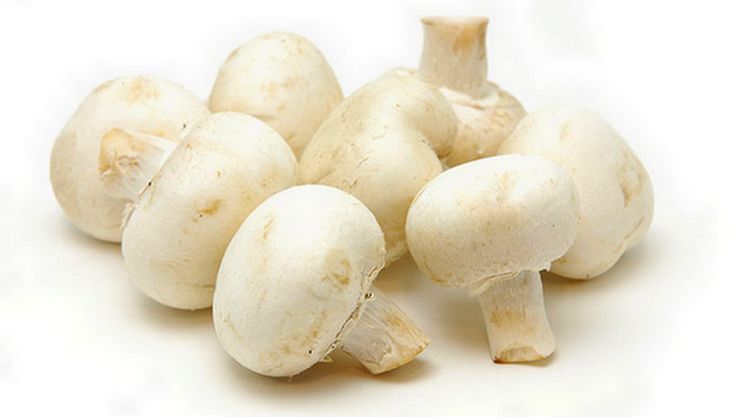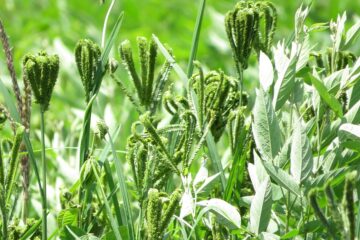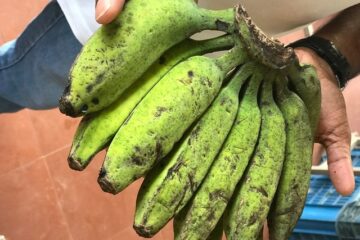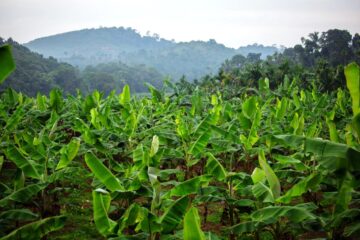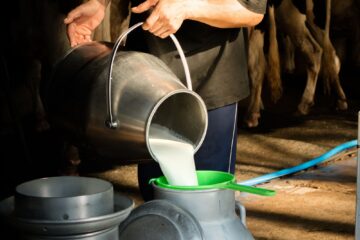Published: September 2017
Despite originating billions of years ago, mushrooms have only been used as food for a few hundred years. Mushrooms belong to the fungi kingdom. Although considered plant-based, mushrooms do not perform photosynthesis like plants. Hence, they are classified as non-green plants.
Types of Mushrooms
Mushrooms include various types such as oyster mushrooms, button mushrooms, straw mushrooms, shiitake mushrooms, jelly mushrooms, winter mushrooms, ear mushrooms, and nameko mushrooms. However, in our daily diet, only oyster mushrooms and button mushrooms are commonly used.
These mushrooms can be used to prepare nutritious and tasty soups, stir-fries, roasted dishes, fried snacks, curries, biryanis, stews, gravies, pickles, and more.
Benefits
Mushrooms are rich in proteins, carbohydrates, vitamins, and minerals. They contain 20-35% more protein than vegetables and fruits, especially in their dried form. Amino acids like lysine and tryptophan, essential for body growth, are abundant in mushrooms, making them an excellent food for children’s development. Mushrooms are also rich in B and C vitamins (thiamine, riboflavin, and niacin), which boost immunity.
The fiber in mushrooms aids digestion and helps in eliminating waste from the intestines. With low fat and carbohydrate content, mushrooms are suitable for weight management, diabetics, and heart patients. Minerals like sodium and potassium in mushrooms help reduce blood pressure.
Mushrooms can be consumed whole or in various forms such as mushroom chapati, mushroom ketchup, mushroom bread, mushroom chips, mushroom paneer, mushroom cutlets, mushroom fry, mushroom biryani, mushroom soup, mushroom bajji, and mushroom omelet. Due to their 80% moisture content, mushrooms can spoil easily. Therefore, drying them and making powders can extend their shelf life and diversify their use in food products.
Freshly harvested mushrooms should be steamed for a minute, then sun-dried for two days. Once dried, they can be ground into flour and used to make mushroom noodles, mushroom papad, soup mixes, and chapati flour mixes.
Nutritional Content of Mushrooms
- Protein: 3.1%
- Carbohydrates: 5.3%
- Moisture: 90%
- Fat: 0.4%
- Fiber: 1.1 grams
- Calcium: 6 milligrams
- Phosphorus: 110 milligrams
- Iron: 1.5 milligrams
- Minerals: 1.4 milligrams
Additional Benefits
After cultivation, the straw used for growing mushrooms is high in protein and can be used as animal feed to increase milk production. This straw can also be used in biogas plants and as a substrate for earthworm composting due to its high protein content.
Important Note
Wild mushrooms can sometimes be poisonous. For instance, mushrooms found in various colors near cattle sheds, in moist dung during the rainy season, or on paddy fields post-rain can be toxic. They emit a foul smell when cut. Mushrooms that grow on trash heaps, pits, fields, and garden waste in brownish colors are also inedible. Therefore, mushrooms should be cultivated scientifically and hygienically for safe consumption.
Mushrooms are a nutritious and flavorful food, offering essential nutrients and medicinal properties. Including mushrooms in daily meals can provide the necessary protein for a healthy life for both children and adults.
Dr. P.K. Thenmozhi, Dr. S. Senthur Kumaran, Agricultural Science Centre, Kundrakudi, Sivagangai – 630 206.

